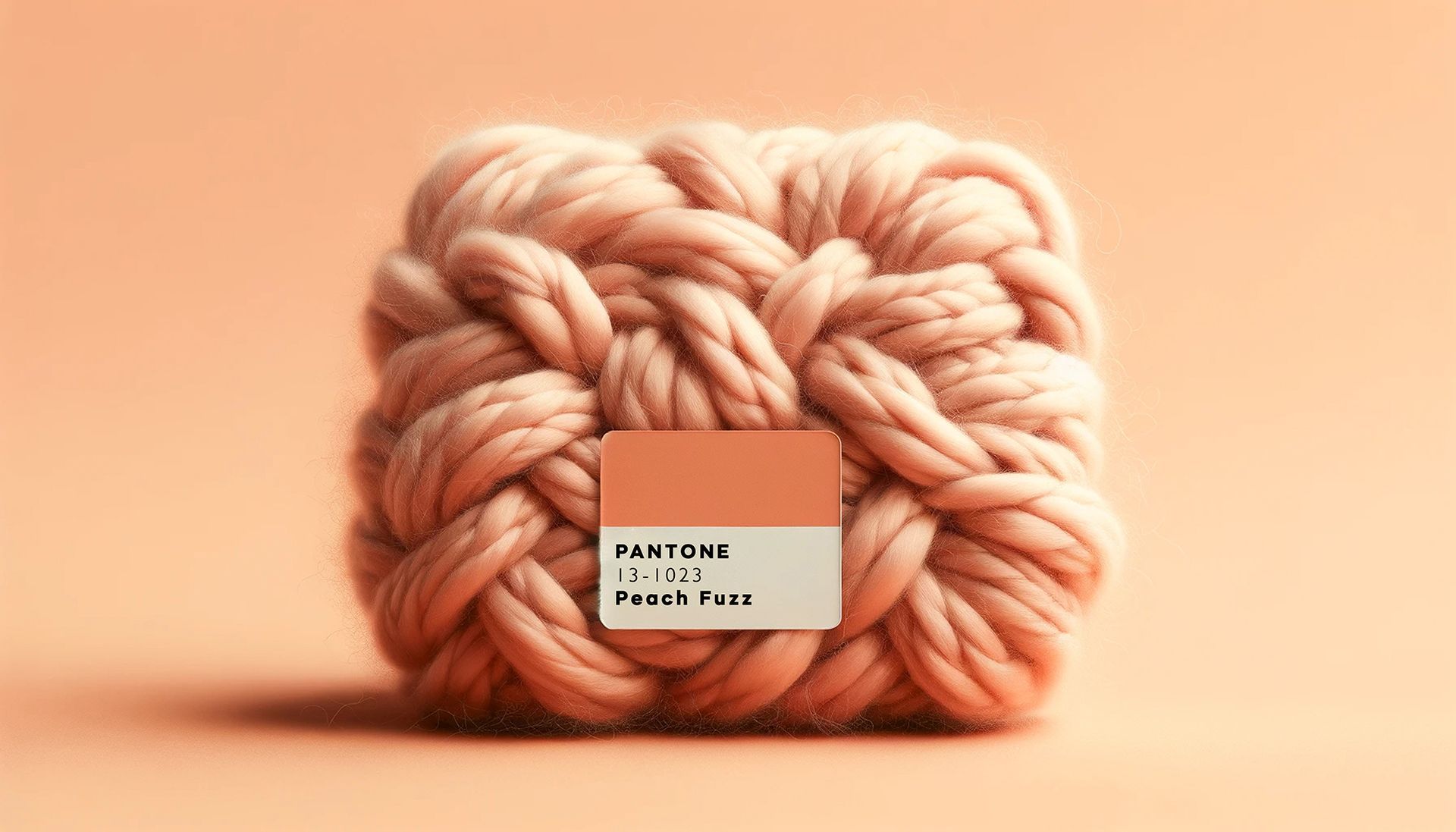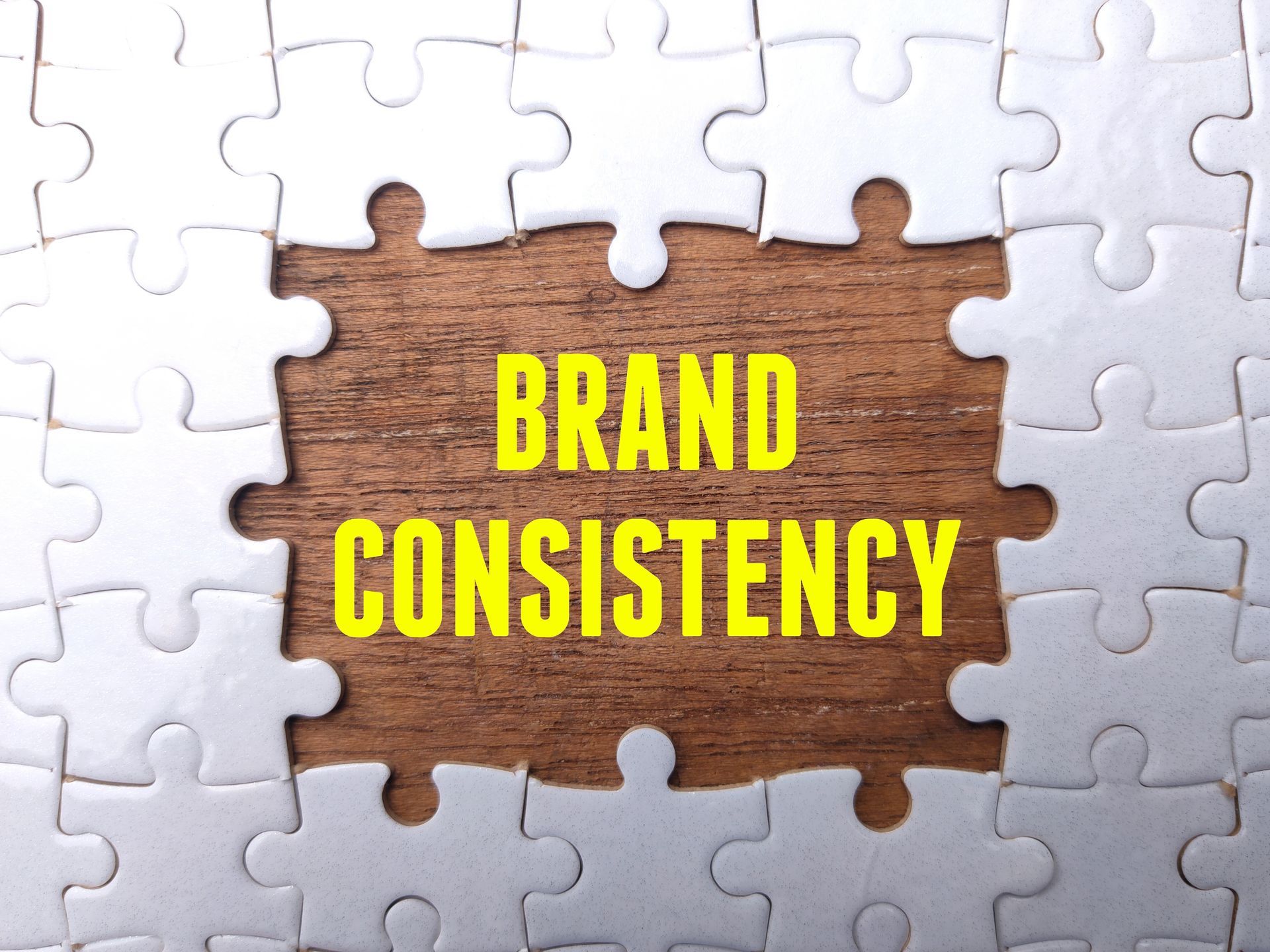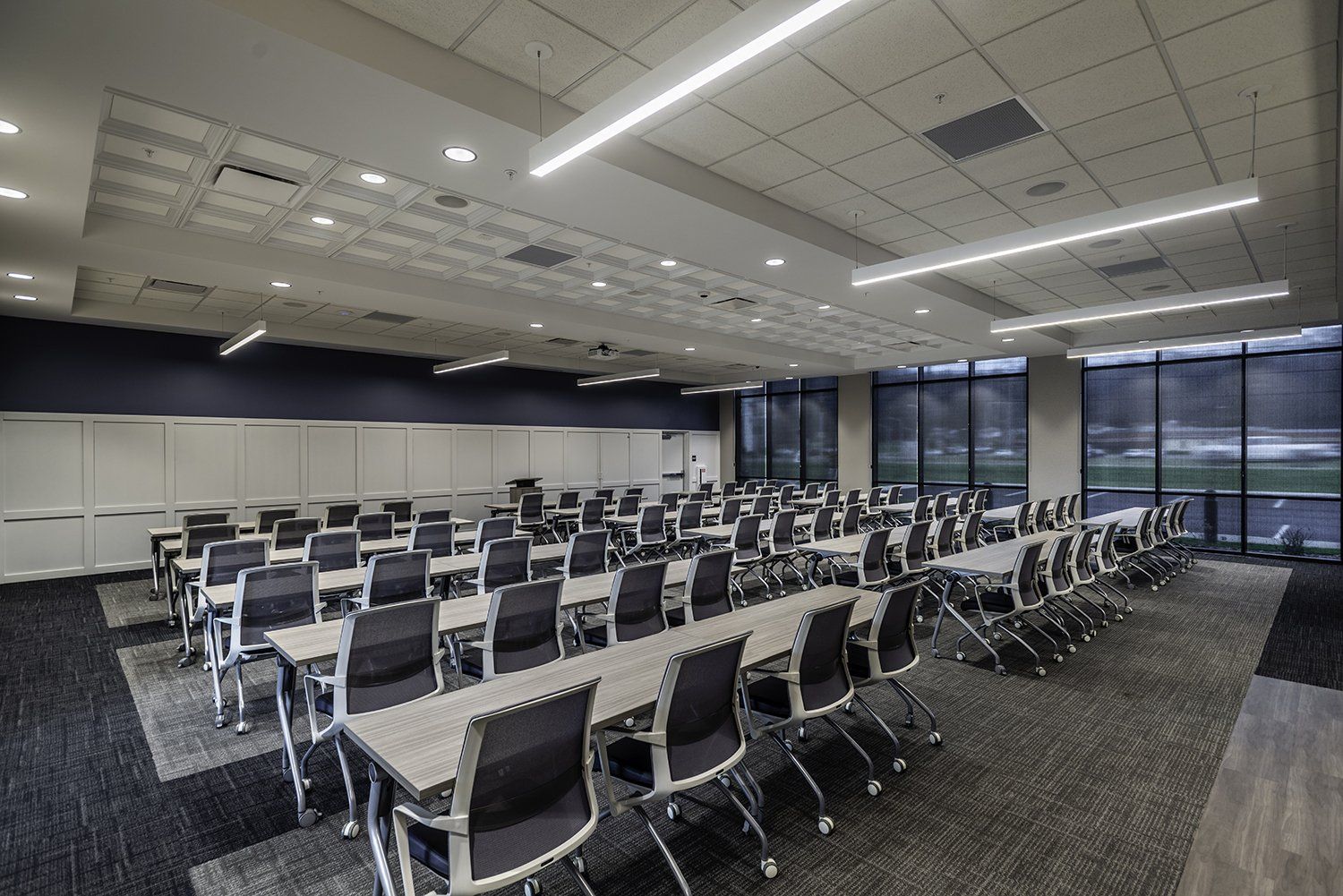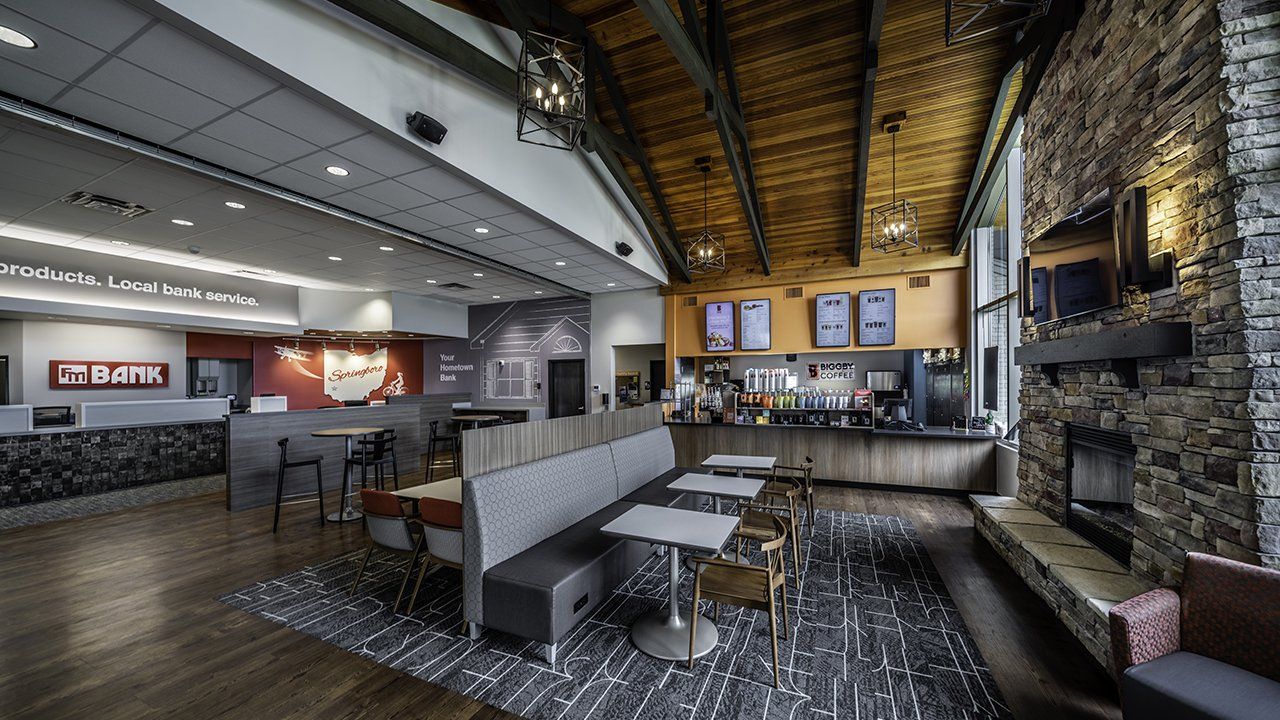Menu
Follow us on:

THE “NO-VACATION NATION” IS STILL ALIVE AND WELL PART II
Back in May of 2014, I had written a blog post on how Americans, as well as many others, don’t do very well with Paid Time Off (PTO) or vacation. We rarely take all the time we have legally, and morally, available to us, and when we do take a vacation; we spend time during the time off doing work: answering text message, e-mails, or phone calls from the boss. Are we doing better? Have the influx of millennials into the workspace helped to reorient older workers to “chill out?” The answer is, not really!!
The data I cited back in 2014 recounted that the United States was the only “rich” country to not guarantee their work force time off, and only 51% of Americans take all the time off coming to them, and 61% admit doing some work while on vacation.
The impetus for updating that data comes from the release earlier this month of a report from Project: Time Off – The State of American Vacation: How Vacation Became a Casualty of Our Work Culture. Their findings suggest we are doing a little better. Previous results showed that US workers had a steadily declining vacation usage to 16.0 days per year (an average
WEEK less per year than the average between 1978-2000). But the latest data shows a slight uptick to 16.2 days!!

We are doing worse in that now 55% of us do not take all of our vacation (versus 51% in 2014) which lead to 658 million unused days, 222 million of which were lost (couldn’t be carried over). That works out to an average of almost two full days per worker. Which means, in essence volunteering to give employers free work days and forfeited benefits! Project: Time Off then extrapolated the lost economic potential/spending impact on the U.S. economy . . . $223,000,000,000!!
So What Can We Do?
Here are five simple ways to encourage, and improve your ability/willingness to take paid time off:
- PLAN to take time off. 51% of people who plan their time off take all of their vacation vs. 39% for non-planners.
- REALIZE your job will be there when you return and others can take part of your responsibilities while you are out (they might even figure out a way to do something better which you can use when you come back).
And if you are a manager:
- DISCUSS taking time off with your employees more than at the annual review time.
- SET moratoriums, or at least set rules on e-mail, phone calls, and office work while off (maybe ½ hour per day for all calls and e-mail).
- LEAD by example. If you don’t take time off your employees may be reluctant to do so also.
As we head into the last month of the traditional vacation season try and make time for yourself, your family, and help the economy by taking some time off.













